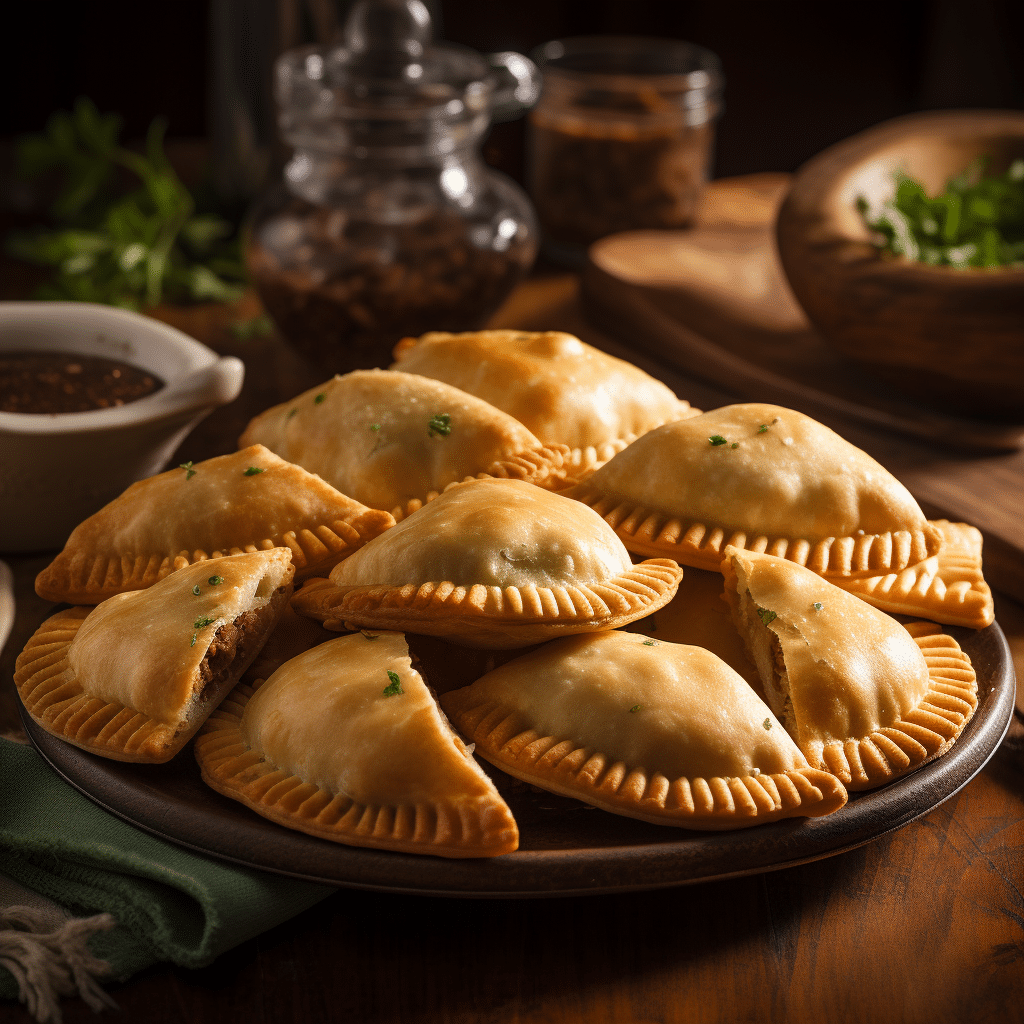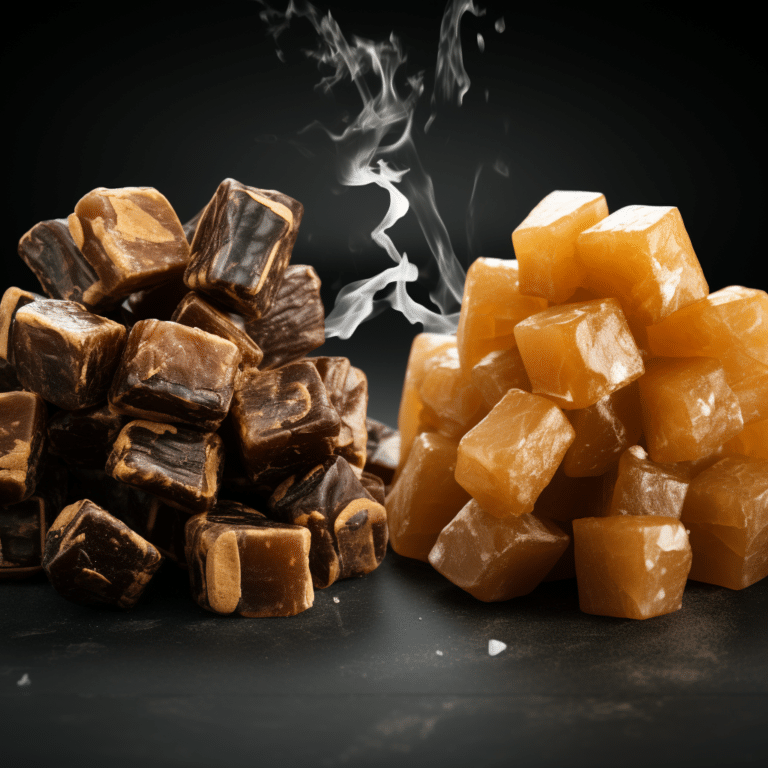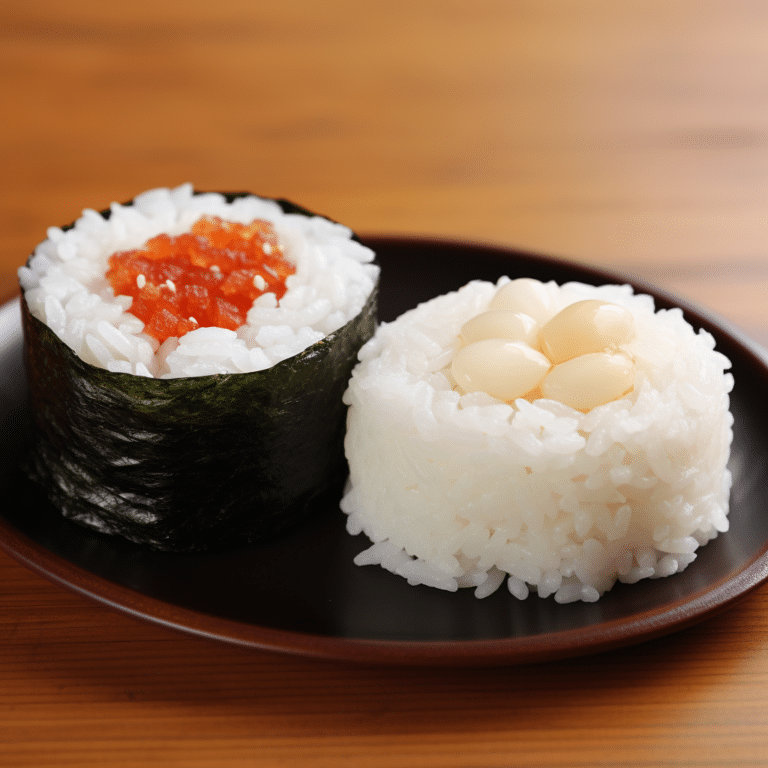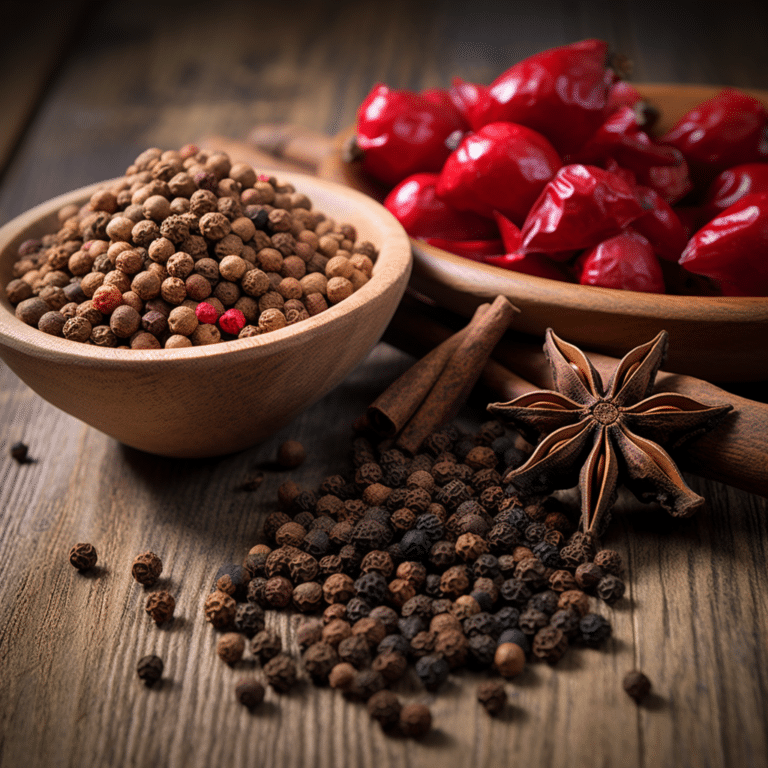Empanadas vs Pastelitos: Comparing Delicious Latin Turnover
Every Caribbean, Puerto Rican, and Latino has their favorite form of a delicious meat-filled patty. And depending on where you come from, the meat-filled patty will have a different name, flavor, and ingredients. In Boricua, the meat-filled patties are called pastelillos, while in Washington Heights and south en la Quisqueyana are known as pastelitos. Anyone from South American Sangre who cannot differentiate between two calls them empanadas.
Empanadas and pastelitos are usually meat-filled turnovers, but you can use other fillings, whether sweet or savory, in place of meat. The two have a lot in common but differ in many ways. Here’s a look at empanadas vs pastelitos.
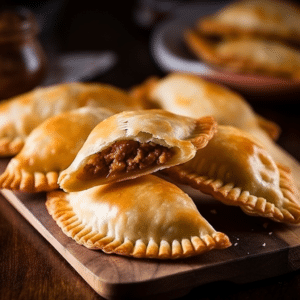
Empanadas vs Pastelitos
Empanadas are a large filled turnover made from thick dough, almost like pie dough. The dough is rolled at the edges.
Pastelitos are small filled turnovers made from a thinner dough, almost like pasta dough. The dough is crimped at the edges.
About Empanadas
Empanadas obtained their name from “empanar”, which means to be coated or wrapped with bread in Galician. Empanadas are baked or fried pastries with fillings. They are popular in Southern Europe, Latin America, and the Philippines.
The pastry dough can be filled with anything, depending on a person’s preference, meat, vegetables, fruits, cheese, legumes like black beans, etc. According to various cultures, empanadas can also be eaten any time of the day. For instance, in Argentina, empanadas is eaten as a starter at festivals or as a main dish at home, while in Belize, it’s treated as street foods.
To make empanadas dough, you’ll need wheat flour, baking soda, shortening or lard, egg, salt, and sugar. Alternatively, if the idea of making dough seems like a complicated hassle, you can buy store-bought empanadas dough. Once bought, decide the filling you’d want, whether it’s meat, vegetables, fruits, etc.
Since the most popular filling is meat, we’d use that. Heat two tablespoons of oil and add two pounds of ground beef to the oil. Cook until the meat is brown, then transfer it to a separate bowl. In the same pot, fry two bell peppers, onions, salt, and black pepper for 6-8 minutes. Add ground cumin, two tablespoons of sweet paprika, one tablespoon of oregano, and 1.5 cups of chicken broth.
Pour the ground beef into the pot alongside two tablespoons of sugar. Simmer the meat for 15-20, seasoning as required. Your filling is ready when all the liquid has evaporated. Roll your dough into small circles and fill with a tablespoon of the filling. Roll out the edges and fry or bake your empanadas. There you go. Serve the empanadas with a sauce, dip, or guacamole on the side.
Pastelitos
Like pastelillos, pastelitos is a smaller version of empanadas, but the former is usually fried and the latter baked. Pastelitos is made by wrapping dough over filling and then forking the edges. The pastelitos dough resembles pasta, and making it requires wheat flour, baking powder, egg, water, vegetable shortening, and kosher salt. Alternatively, you can buy pastelitos dough from most Latin food freezer sections in grocery stores or supermarkets.
Decide the filling you like. However, meat filling consisting of ground beef, potatoes, raisins, and olives, with a savory sauce is the most popular. Roll out your dough, cut it into a disc line, and pour a tablespoon of your filling.
Crimp the edges and lay them in a tray in one layer, and freeze. Once frozen, separate the dough discs and transfer them to a resealable bag. This is crucial, so you don’t end up with a block of discs and can easily transfer the individual discs.
Bake the pastelitos in the oven. Or, if you love fried foods, fry them in a deep fat fryer and if you don’t have one, use a dutch oven or large skillet for frying. Non-stick skillets are good in this scenario, with a cast-iron skillet being the best. That’s so because it distributes heat evenly and provides better temperature regulation. Once cooked, serve the pastelitos alongside your preferred sauce or dip.
Difference Between Empanadas And Pastiletos
There are a few tell-tale differences that distinguish empanadas and pastelitos. They are:
Place Of Origin
Although many consider that empanadas originated from the northwestern parts of Spain, its exact origin remains unknown. Currently, empanadas form an integral part of Mexican cuisine. And for this reason, people assume that’s where it originated.
According to a famous cookbook released in 1520, empanada wrapping was present in Arabian, French, Catalan, and French cuisine recipes. This mentioning of empanada in various cuisines as early as 1500 contradicts its originality to northwest Spain.
As for pastelitos, this one has its roots in Puerto Rico, where it was and still is popular street food in the country. Many people love it because of its unique and authentic flavor.
Appearance
Pastelitos are mostly half-moon-shaped, small, thin turnover with crimped edges. Empanadas are big, thicker with rolled edges. Empanadas may have a round or half-moon shape.
Dough
Pastelitos dough is thinner, resembling pasta, and contains annatto powder. Annatto powder adds a unique pepper and nutmeg aroma and sweet taste to the dough.
Empanadas has a thicker dough resembling pie dough. This dough doesn’t contain an annatto and is less spicy, flavorful, and colorful.
Filling
With pastelitos and empanadas, you can go for whatever fillings you like, meat, vegetables, fruits, etc. However, the difference in the nature of the dough makes each have an ideal filler.
Many say that pastelitos dough is sweeter and, therefore, perfect for sweeter fillings, making an incredible dessert. The pastelitos sweet dough can also be paired with savory fillings to produce a magical blend of flavors.
Empanadas has a less sweet and savoury dough, so it pairs well with savory fillings.
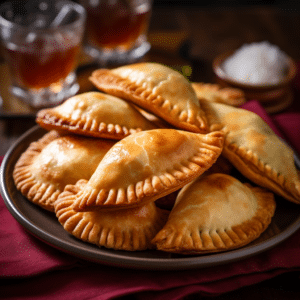
Cooking Method
Although you can deep fry pastelitos and empanadas, the former is not usually deep-fried. Pastiletos is mostly baked, while empanadas is mainly deep-fried.
Conclusion
Empanadas vs Pastelitos: Empanadas is a bigger, thicker filled turnover that is usually deep-fried and contains savory fillings. Pastelitos is a smaller, thinner filled turnover mainly baked and may contain sweet or savory fillings.
